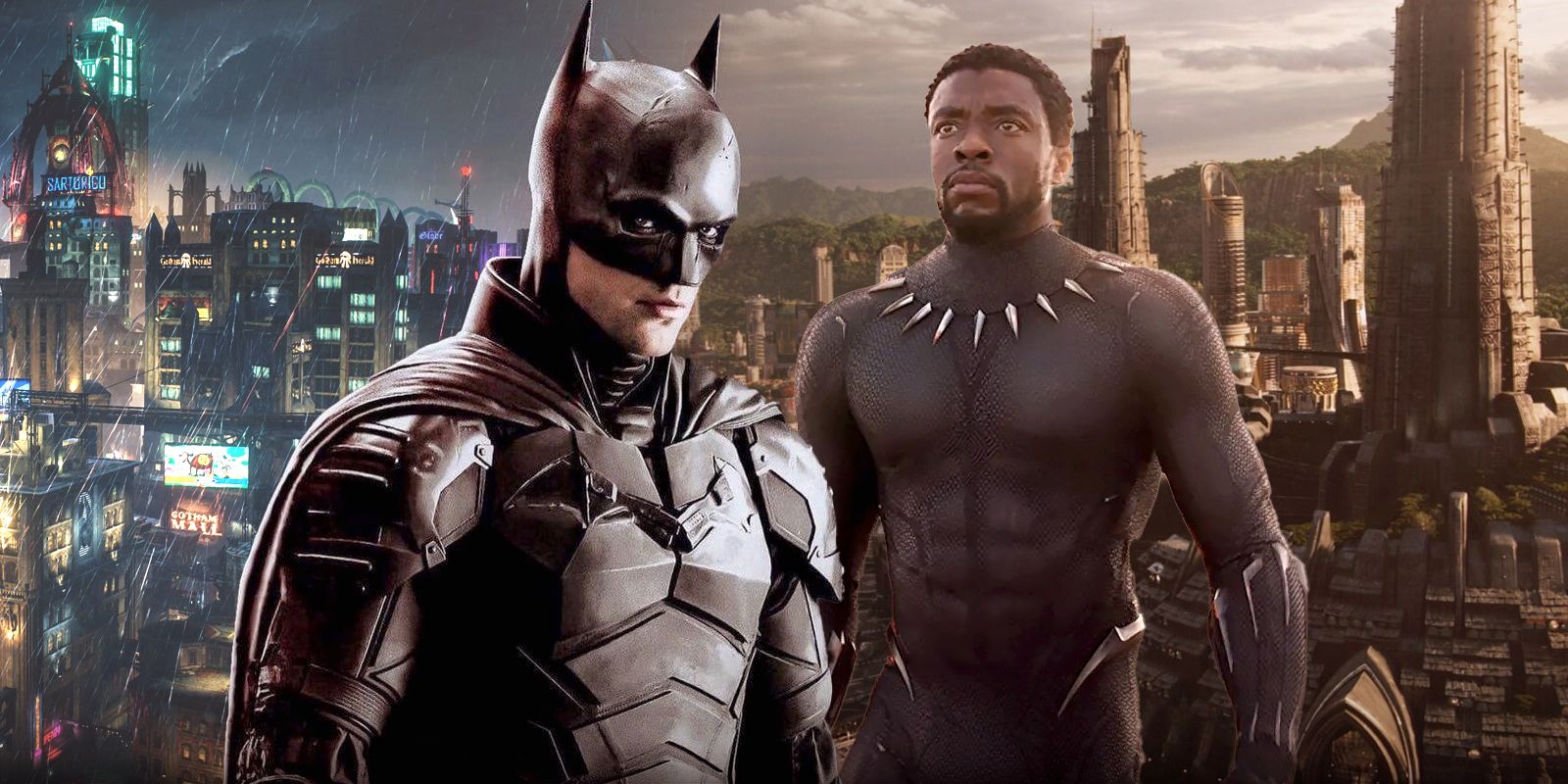
The task for all top-tier media, such as movies, TV shows, and books, is to transform foreign environments into places that feel familiar or even cozy to the viewers. This could be a superhero’s hideout, an office building, or another planet – despite being fictional, these locations become second homes for the audience. Publishers of comics like DC and Marvel have constructed worlds with individuals and architecture that don’t exist in reality, telling stories that never took place. Yet, they resonate with us because they hold meaning.
If a reader can vividly depict their beloved aspects of fictional cities such as Gotham City or Wakanda, then those places have effectively taken root in the readers’ imaginations. Through the power of comic books, some of the most influential, distinctive, and cherished locales in literary lore have been born, ranging from living cities to homes symbolizing fresh starts.
The Amazon’s Island Paradise Has Become Its Own Myth
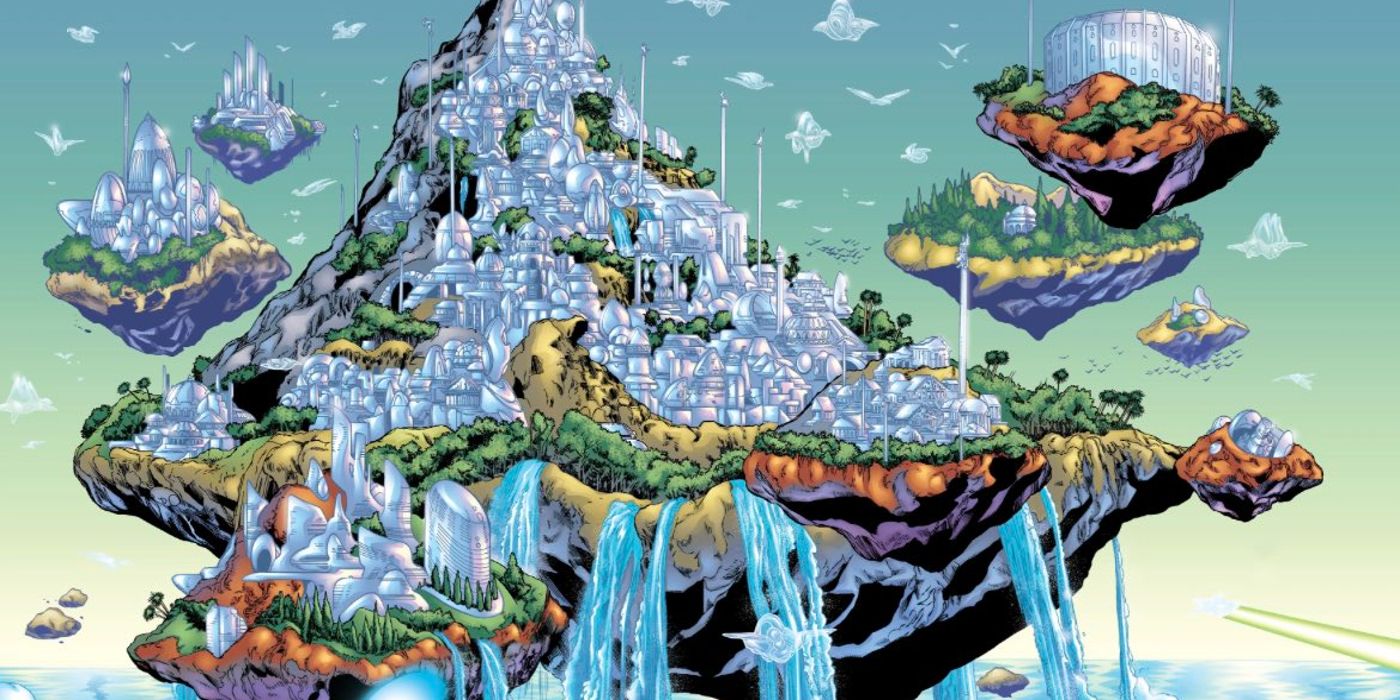
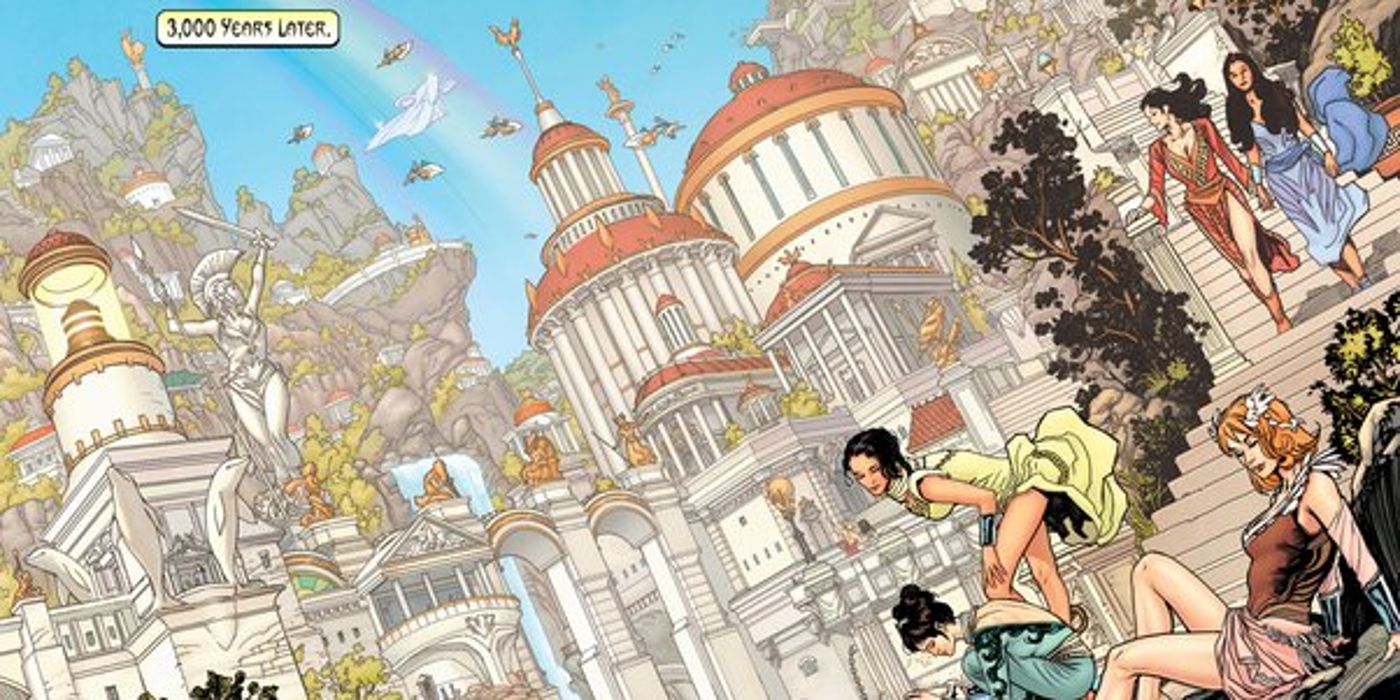
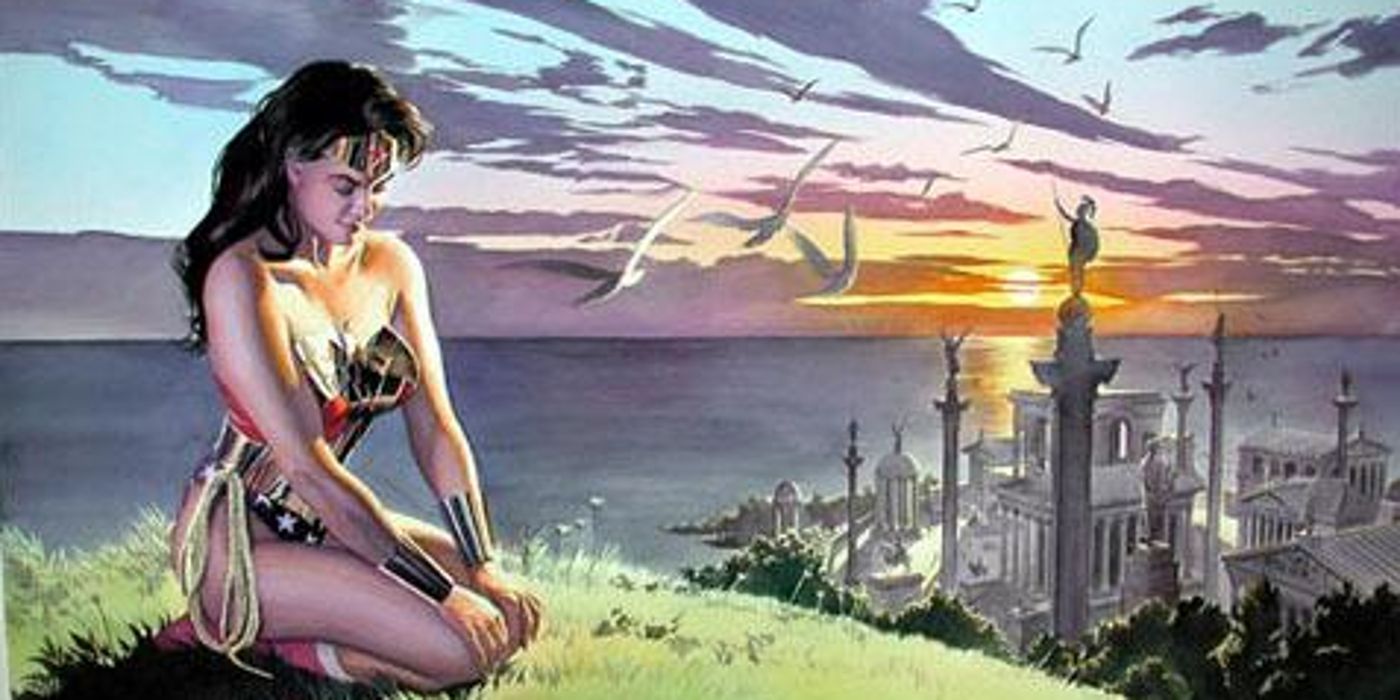
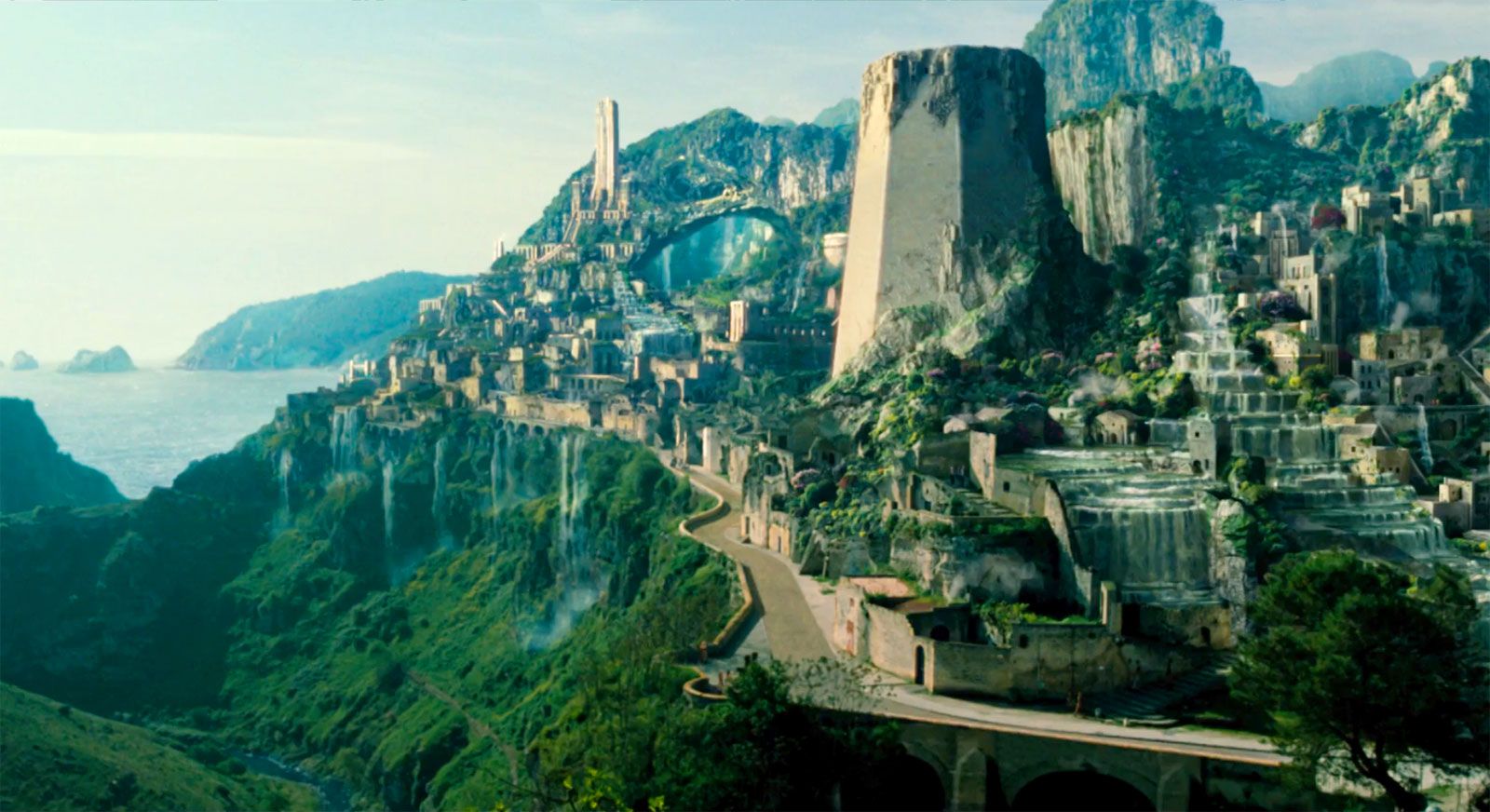
In essence, Diana of Themyscira, famously known as Wonder Woman, isn’t always given the same level of adoration and attention as other characters in the DC Universe. Despite being one of the original and trailblazing figures who inspired characters like Storm, Black Canary, and Jean Grey, Wonder Woman often finds herself relegated to the shadows of pop culture. Unlike Gotham or Metropolis, her home, Themyscira, doesn’t receive as much focus in media. This is demonstrated clearly in the three-part series Wonder Woman Historia: The Amazons, which underscores the rich history and mythology of the Amazons that extends far beyond the shores of Paradise Island.
Wonder Woman is a globally recognized and symbolic superheroine, known for embodying love and compassion. Her origins trace back to Greek mythology, a rich source of tales that shape her background stories. It’s worth noting that Wonder Woman’s own mother was deceived by Hercules, which led to the Amazons executing his soldiers in retaliation. After this event, they were exiled to Themyscira, where they were tasked with guarding the imprisoned evil for eternity. Despite DC Comics often fluctuating in depicting the aesthetic of Themyscira (whether traditional Greek or slightly contemporary), it is always awe-inspiring to witness, especially when creators remember that more than five people reside there at any given time.
While Genosha Has a Blood-Soaked History, It Plays an Essential Role in X-Men Comics
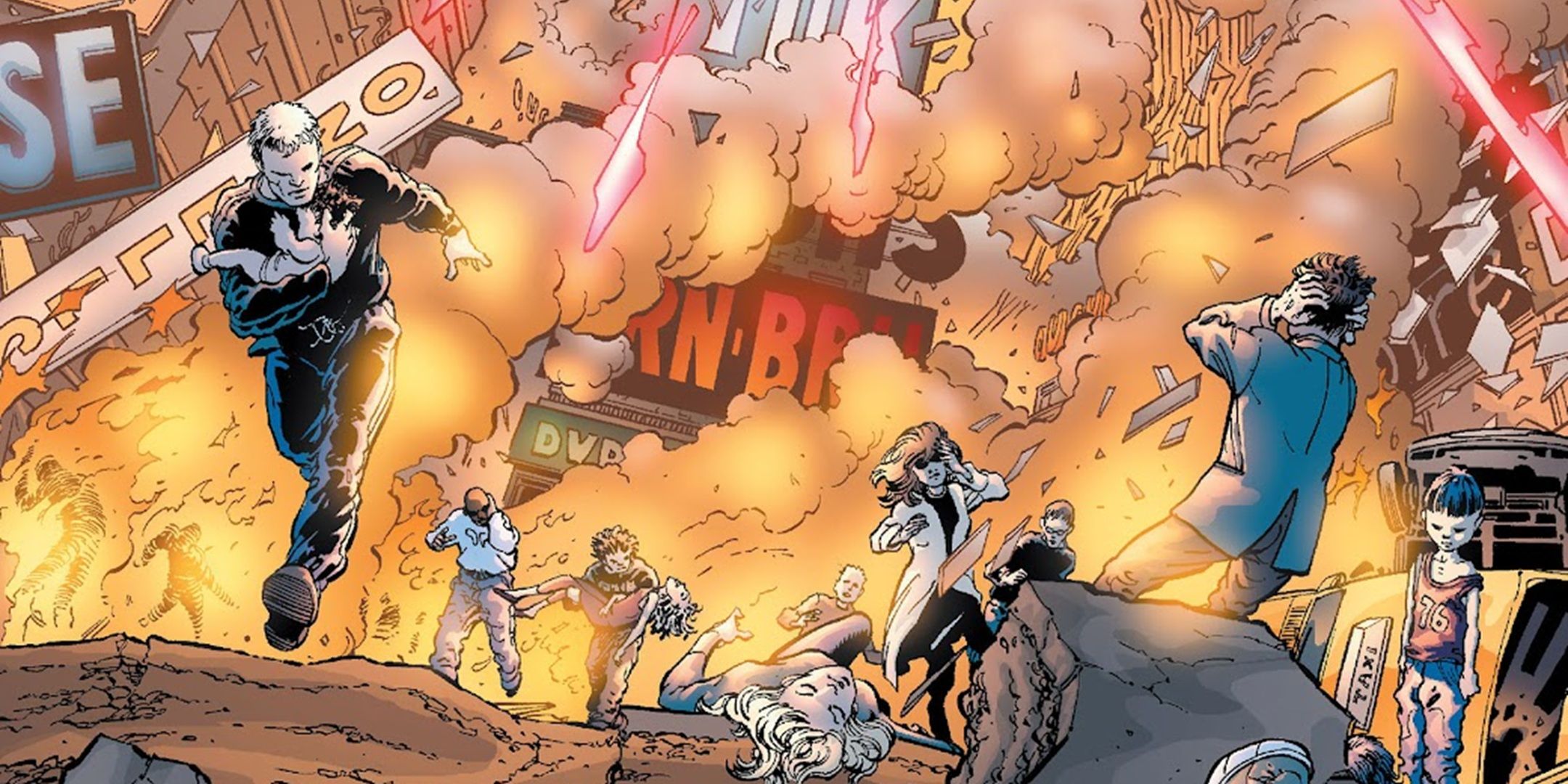
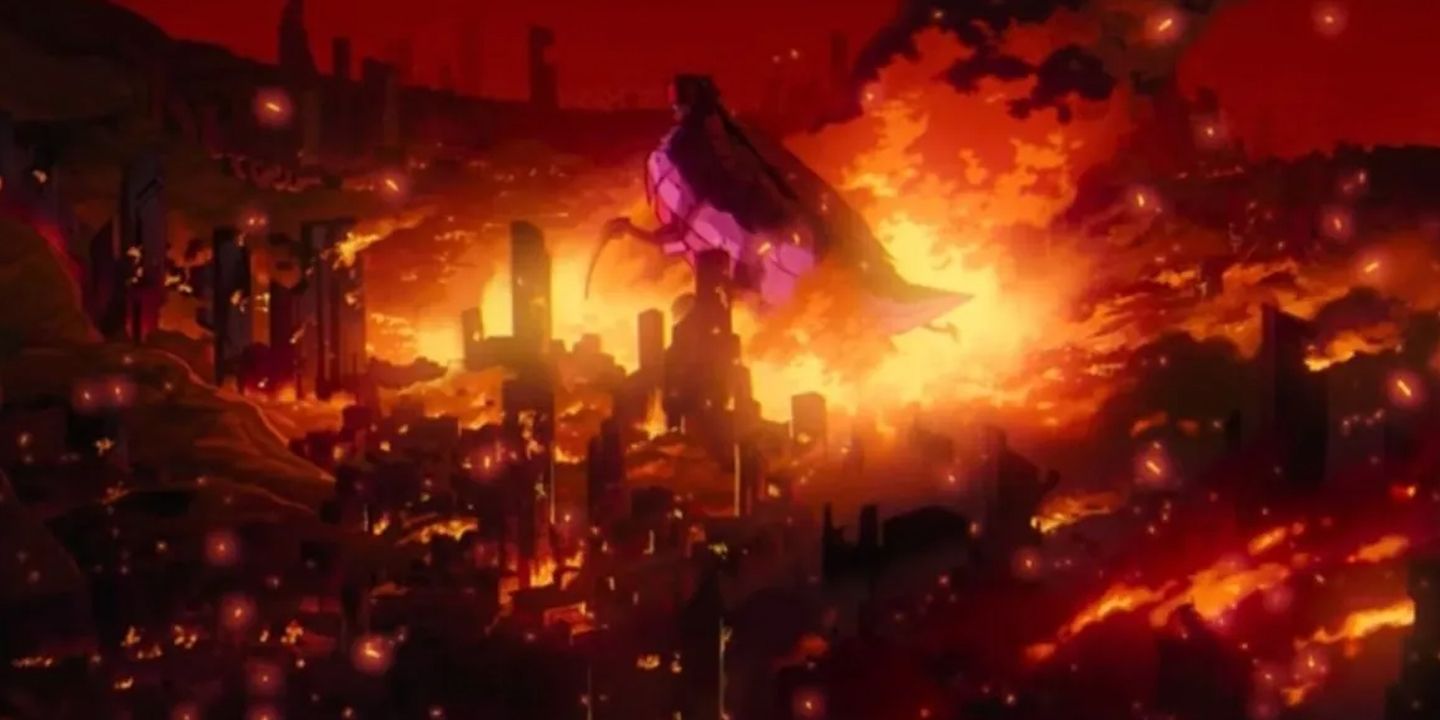
In the Marvel Comics universe, mutants are unique because they don’t have a specific homeland like other groups. While the X-Men have a base and a defined mission, they aren’t a broad community. Instead, mutants are scattered throughout the Marvel Universe. One of their main challenges was not having a central place to call home, but that changed with the emergence of Genosha.
Originally depicted as a peaceful island nation located northeast of Madagascar, Genosha was initially portrayed as a paradise that hiddenly utilized mutants as slaves. Later, it came under the governance of Magneto following the United Nations’ fulfillment of his demand for a mutant-exclusive state. However, despite appearing to progress, Genosha’s bloody past made it an unsuitable home for the mutant community. Eventually, the island was destroyed in a terrorist attack, marking the beginning of Grant Morrison’s New X-Men era and later adapted in 2024’s X-Men ’97. Given its tumultuous history, there are compelling reasons to leave Genosha behind as we move forward.
Superman Sees Kandor As One of His Greatest Failures
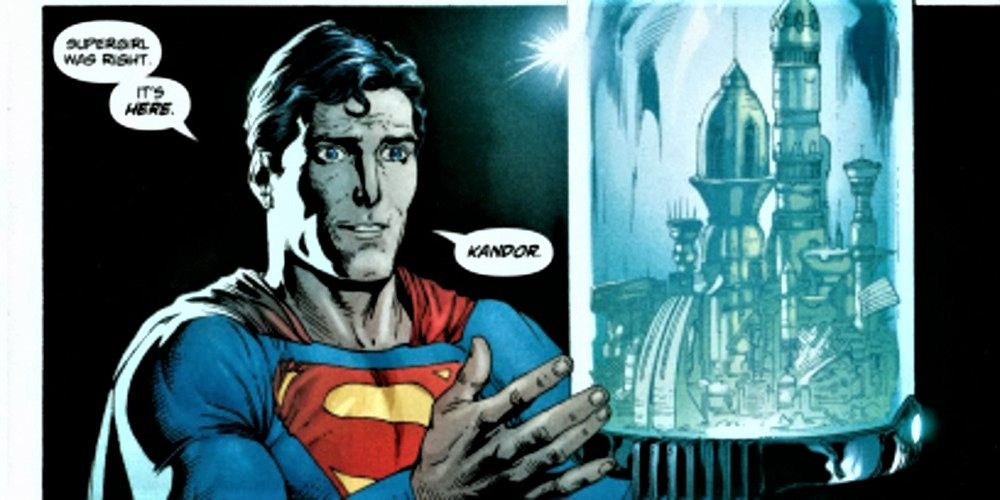
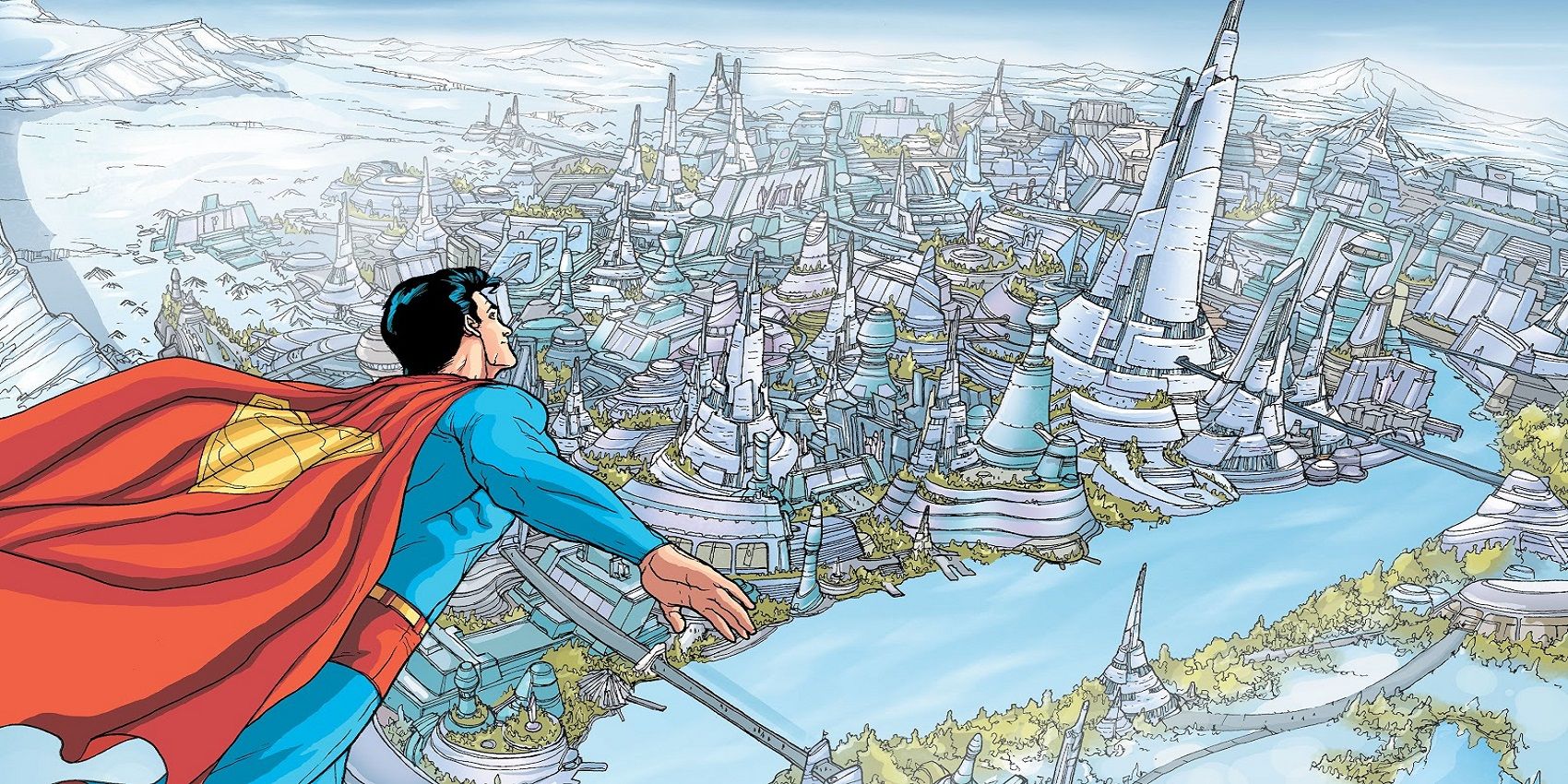
Originally, Superman’s lost planet Krypton is typically portrayed as a tragic tale, yet its history is considered tragic mainly due to its catastrophic end. In actuality, Krypton’s narrative revolves around themes of vanity, arrogance, and religious bigotry that ultimately led to the destruction of their world, before science had the means to prevent it. The Kryptonians may have perished when the planet exploded, but this devastation was brought about by those in power who chose to disregard warning signs and denied the populace an opportunity for survival. Krypton remains a nostalgic memory of the past, but one enduring relic is the renowned Bottled City of Kandor.
Prior to the devastation of the planet Krypton, the city of Kandor was swiped by Brainiac. He reduced it in size, encased it within a glass container, and stored it on his spacecraft. Despite Superman eventually retrieving the city, his inability to expand it back to its original size stands as one of his most significant setbacks. This predicament mirrors the limitations that Superman and superhero comics face, suggesting that Kandor can never be liberated. The bottled city symbolizes the ouroboric aspect of comics – a recurring theme where progression is impossible, similar to a new Kandor would be like the snake consuming its own head, unable to advance.
The Birthplace of Archie Andrews Has Been Visited By Characters Across Pop Culture
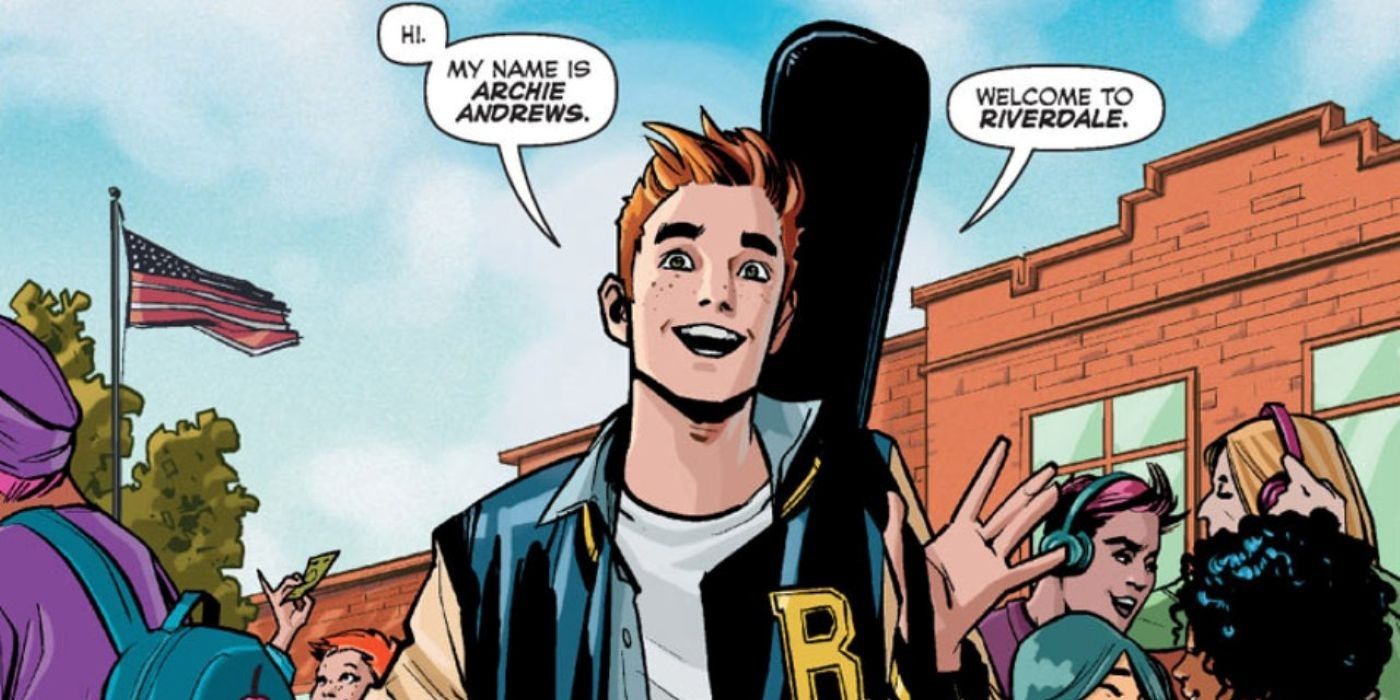

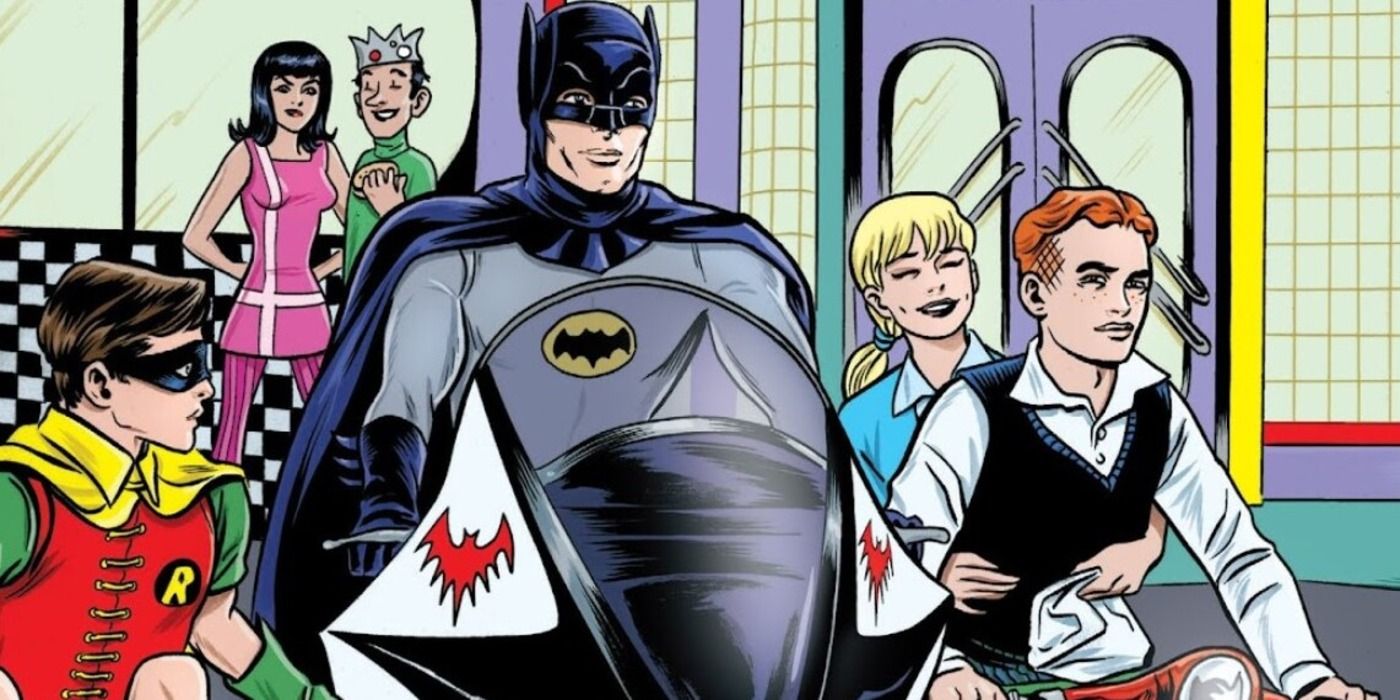
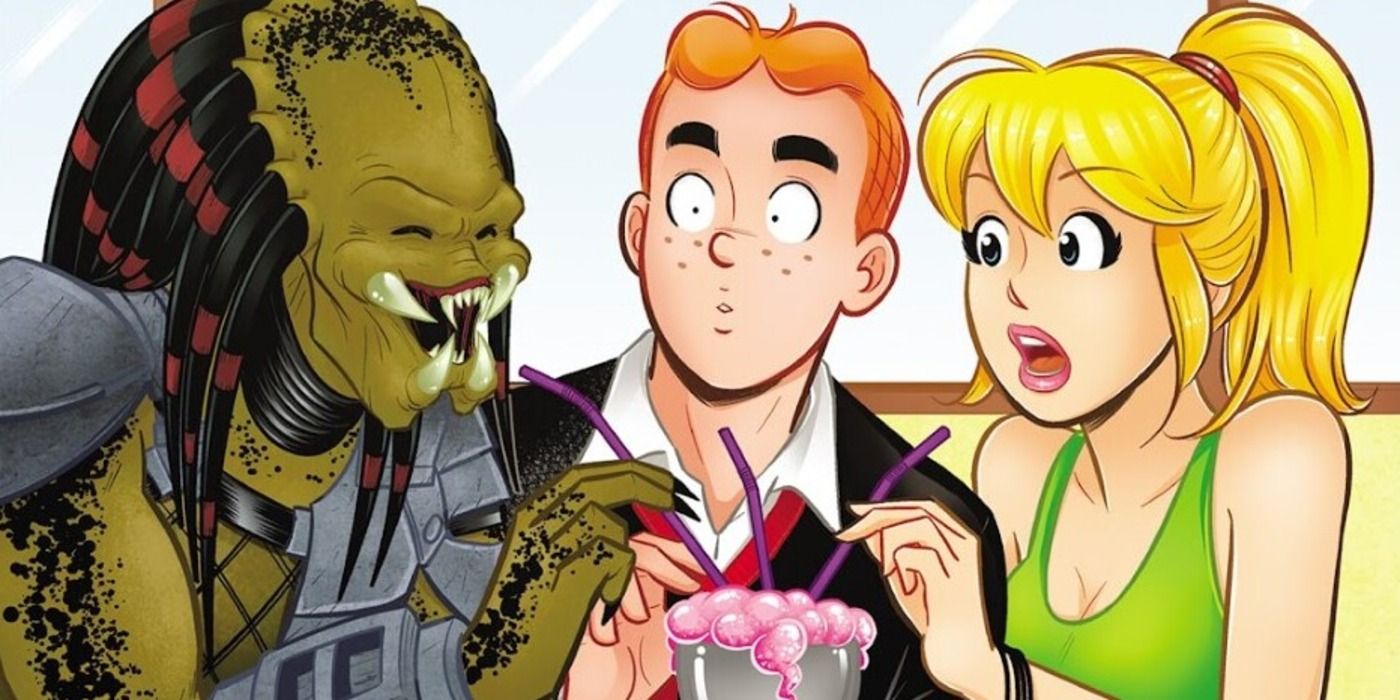
Comic books have always been more diverse than just superheroes. They’ve also featured Western stories, fantasy epics, pirate adventures, and a popular genre that continues to thrive is romance. These tales of love, desire, temptation, and passion resonate with many readers due to their timeless appeal. The visual format of comic books allows for a unique connection with the characters. Even iconic superheroes like Spider-Man have had romantic storylines, particularly during the John Romita Sr. period. Yet, Archie Andrews from Riverdale stands out as the undisputed ruler of romance comics.
Thanks to the live-action TV show that went by the same name, broadcast on The CW from 2017 to 2023, the town of Riverdale may now evoke a specific picture and response in people’s minds. Although the timeless, eternally sunny landscapes of the traditional comic book Riverdale are charming, the town appears to function as a pit stop between other fictional realms. Archie, Betty, and Veronica have met characters such as Batman, The Punisher, and even a Predator. Riverdale is an unusual place where anything could occur since nothing ever truly happens, with various types of people passing through regularly.
Many Comic Readers Wish They Could Cross the Rainbow Bridge to Asgard
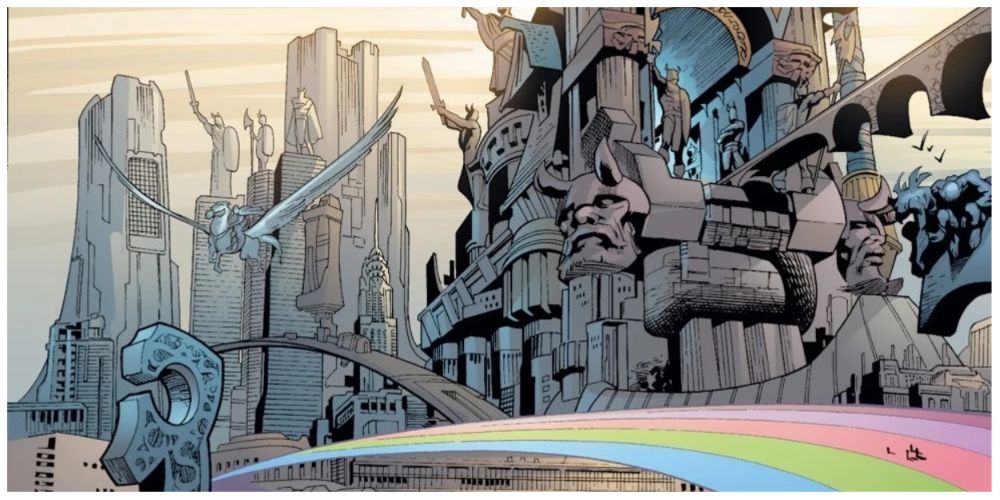
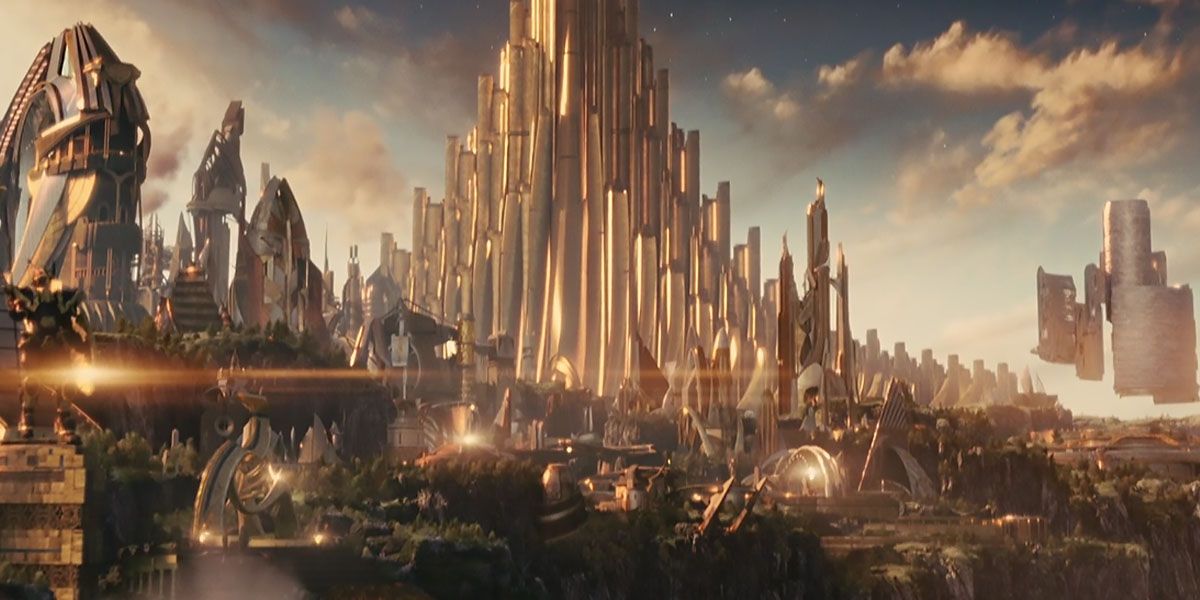
In a distinctive twist from traditional comic book lore, Thor isn’t an original superhero but rather a modern adaptation of ancient mythology. Although Asgard, home to Thor, shares roots with Norse mythology, it is depicted quite differently within the Marvel Universe. Unlike many myths that emphasize human flaws, the transformation of Thor into a superhero has shifted his narrative towards the uplifting tale of human resilience overcoming insurmountable obstacles time and again.
In the realm of Norse mythology, Asgard is one of the nine dimensions that occupy their unique spaces and operate by their own set of rules. Similar to how DC’s Apokolips and New Genesis can only be reached through Boom Tubes, access to the Nine Realms is granted solely via the Bifrost, or the Rainbow Bridge. As the seat of the Aesir gods such as Odin, Thor, Heimdall, and Balder, Asgard functions as the royal realm within the Nine Realms. Much like its divine inhabitants, Asgard undergoes a continuous cycle of destruction and renewal, rising from ruin just as its strong people do.
The X-Men’s Krakoa Era Was Incredibly Impactful
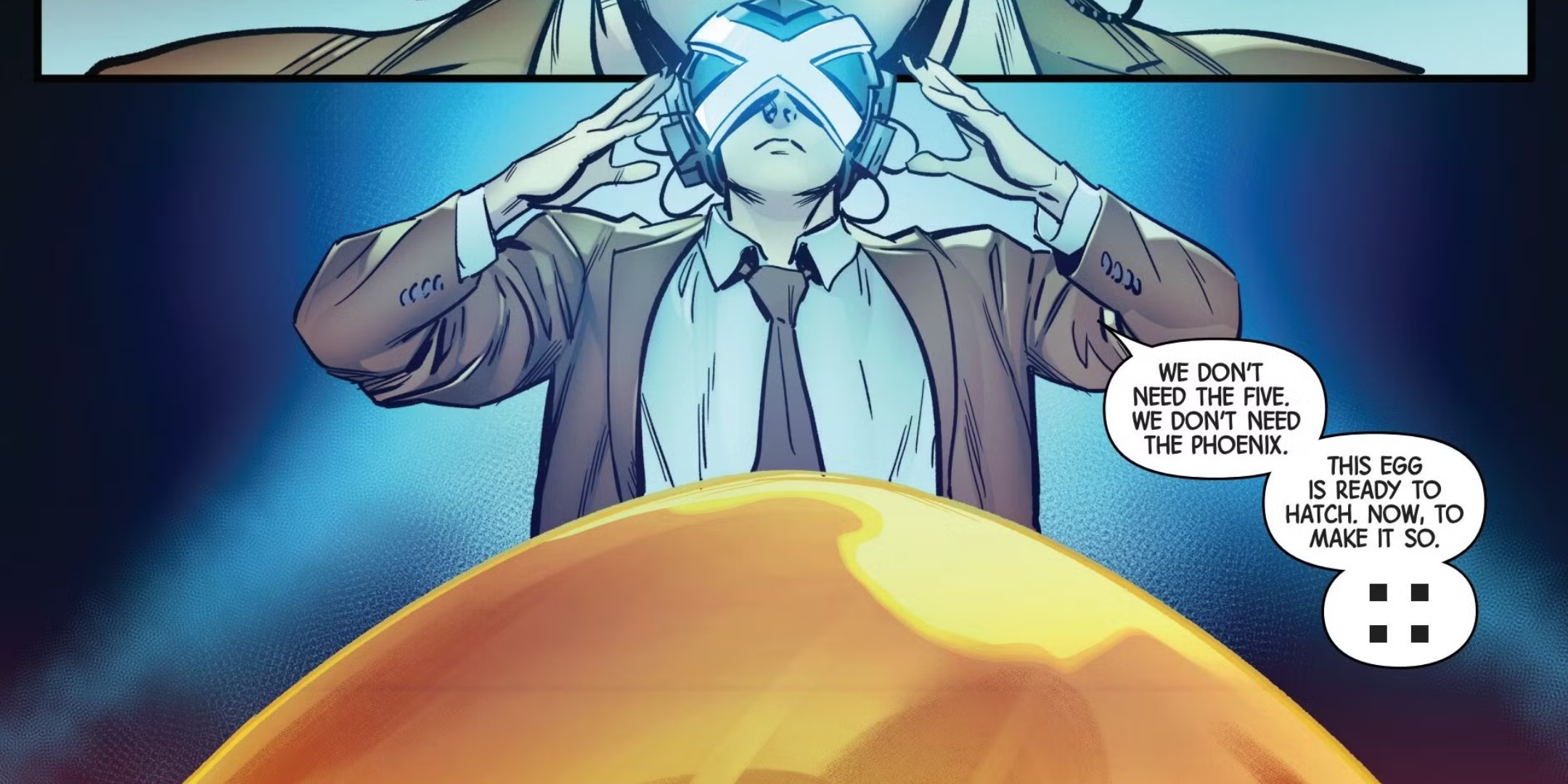
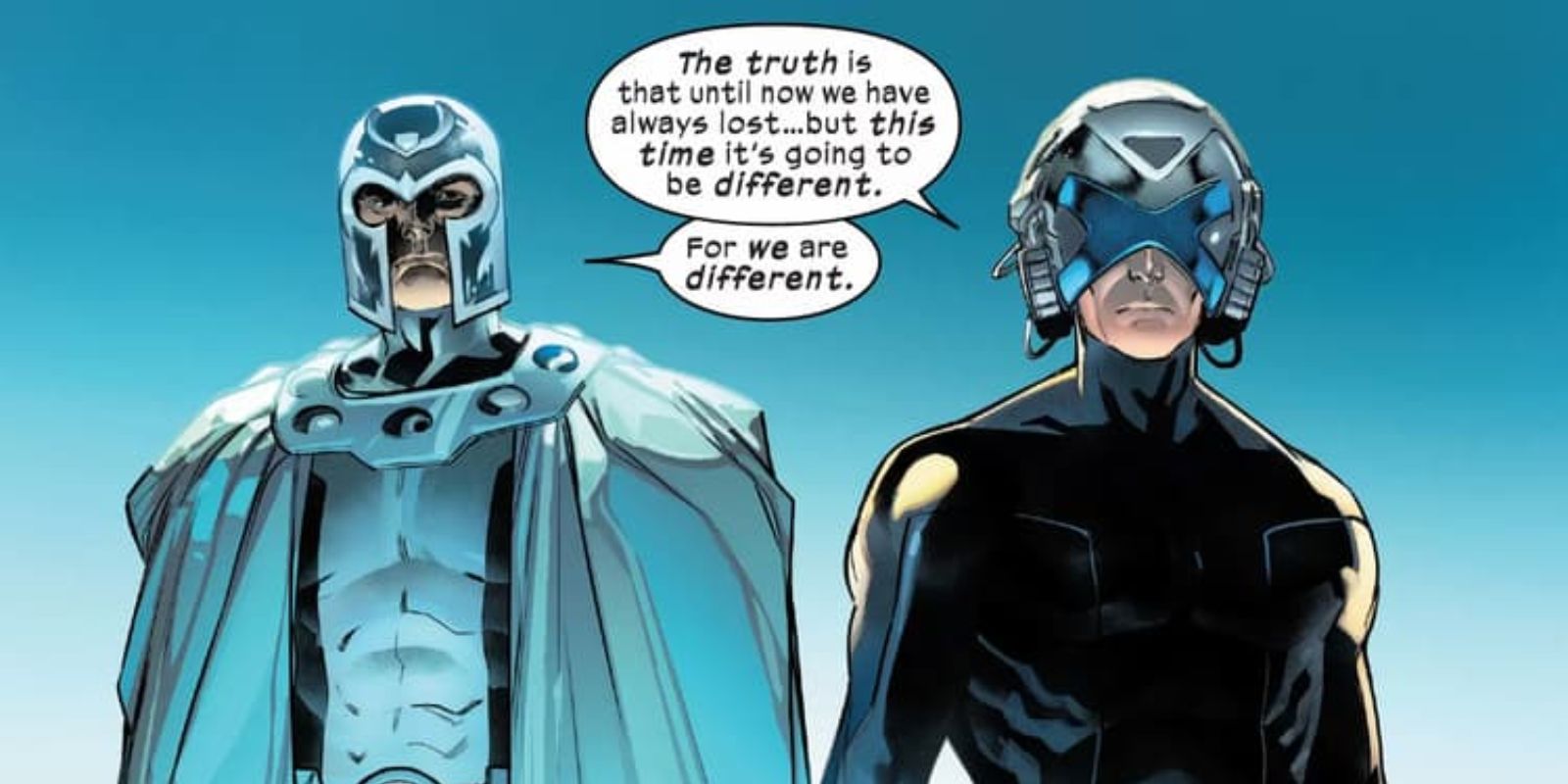
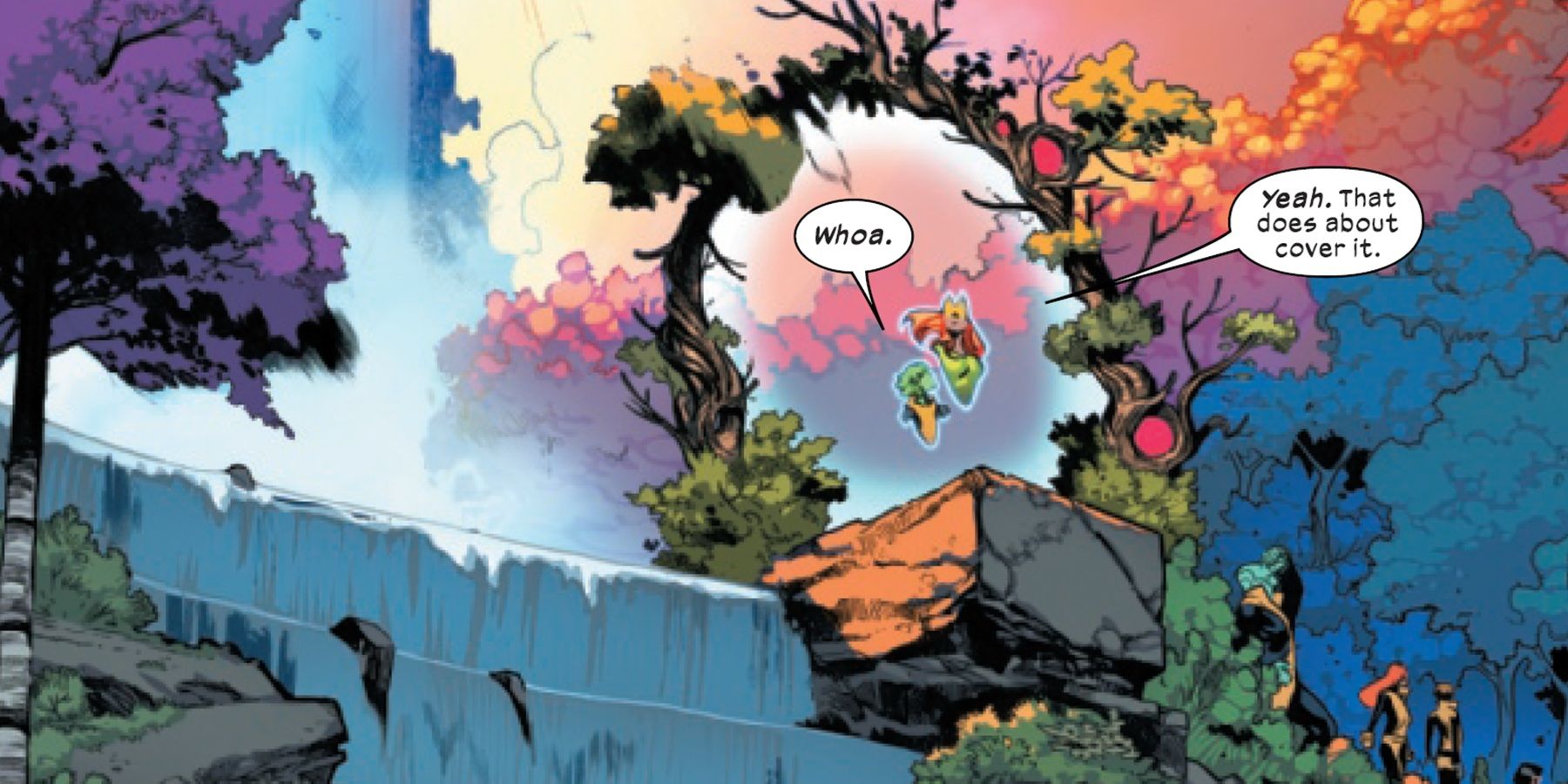
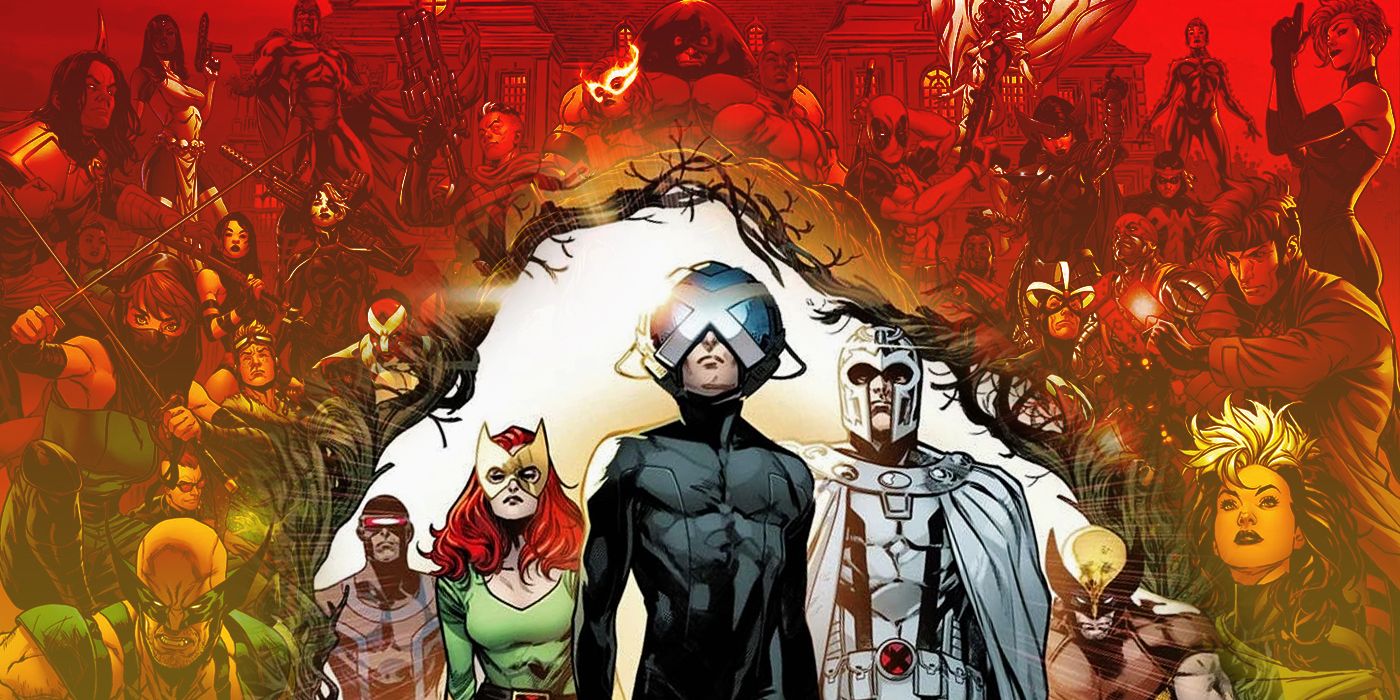
Since the two-part tale “Days of Future Past” by Chris Claremont and John Byrne in 1981, the storyline of the X-Men has been characterized as a tragic saga. These mutants battle for acceptance in a world that despises them, yet their struggle is one they are seemingly doomed to lose. Even Jonathan Hickman’s significant overhaul of the X-Men mythology in 2018 served to underscore the consequences of standing still and eventually leading to societal demise. In order for the X-Men to persist, they must transcend their boundaries and embrace genuine change.
Krakoa was envisioned to offer a fresh start for the mutant society, not merely as a land they could claim, but as a homeland where they truly belonged. For a short yet radiant spell, the X-Men and mutants in general managed to emerge from the gloom of genocide, standing tall on the back of Krakoa – a unique, living island that willingly took them in as its residents, symbolizing the X-Nation. Regrettably, this era didn’t persist as long as it ought to have, but it reinforced the two fundamental principles of the X-Men: resilience against extinction and the eternal nature of the soul, beautifully reflected by Krakoa itself.
Doom Was Born in Latveria and Became Its Ruler

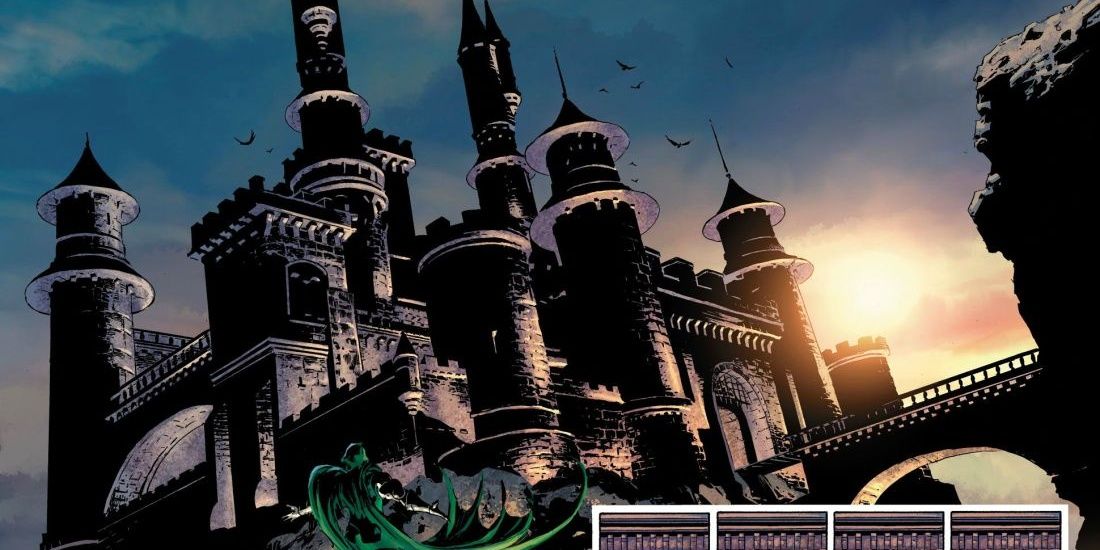
Nestled in the heart of the Marvel Universe, there’s a minuscule nation sandwiched between Romania, Serbia, and Hungary – it’s known as Latveria. This land is ruled by the tyrannical Doctor Doom, who instills terror in all who lay eyes on him. Unlike many fictional countries that are sparsely detailed and mainly serve to comment on real-world issues, Latveria stands out due to its rich narrative. The history of Latveria is deeply intertwined with the story of Doctor Doom, and their tales are inseparable.
As a fan, I find it fascinating how the agricultural folk of Latveria hold within them the legacy of the Romani, a kinship that includes Victor von Doom. Growing up, he endured the harsh realities of human cruelty, witnessing his own father succumb to frostbite in an attempt to keep him alive. Yet, despite his tyrannical reign, I have witnessed Doom extending protection to his citizens, elevating Latveria to a level of power comparable to Wakanda or the USA through his ingenious inventions. However, beneath this façade of might, Latveria remains under the tight control of an authoritarian ruler. Over the years, there have been numerous attempts at political uprisings, but Doom’s unwavering loyalty to his people ensures that he always returns to them.
Black Panther’s Golden City Shimmers and Shines for All Who Wish to See
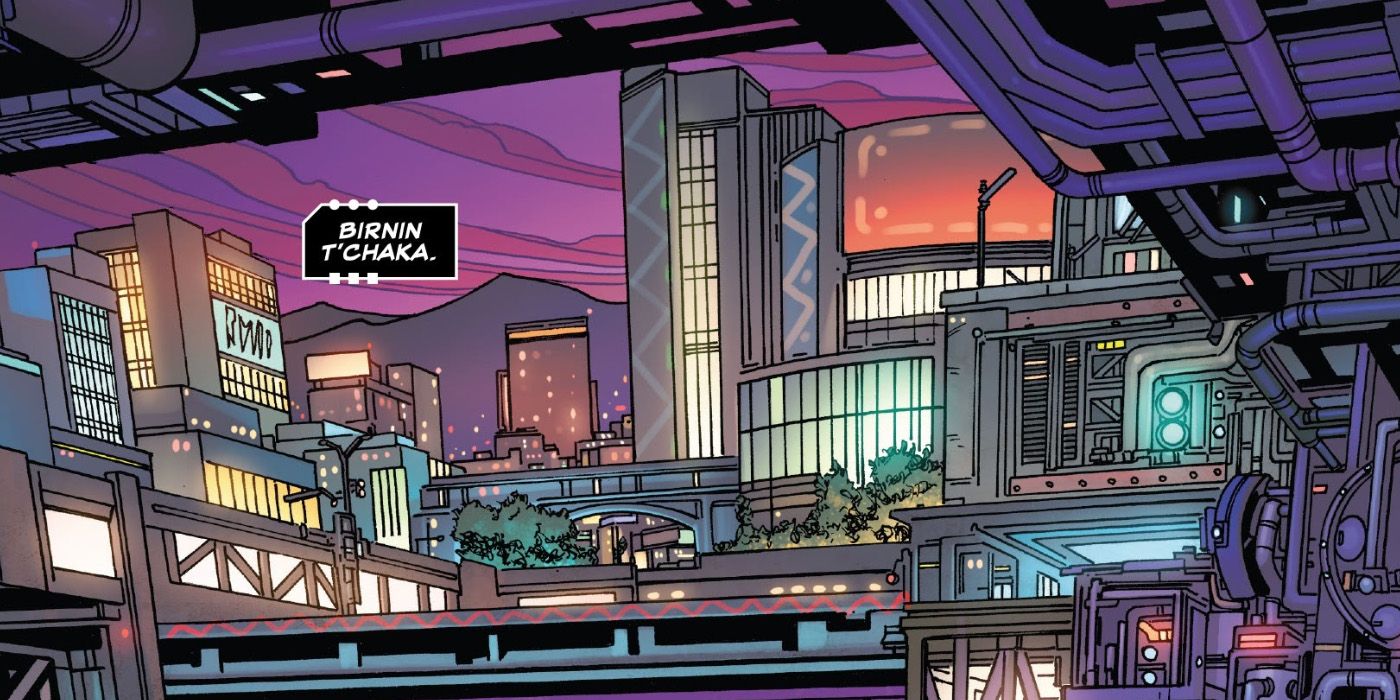
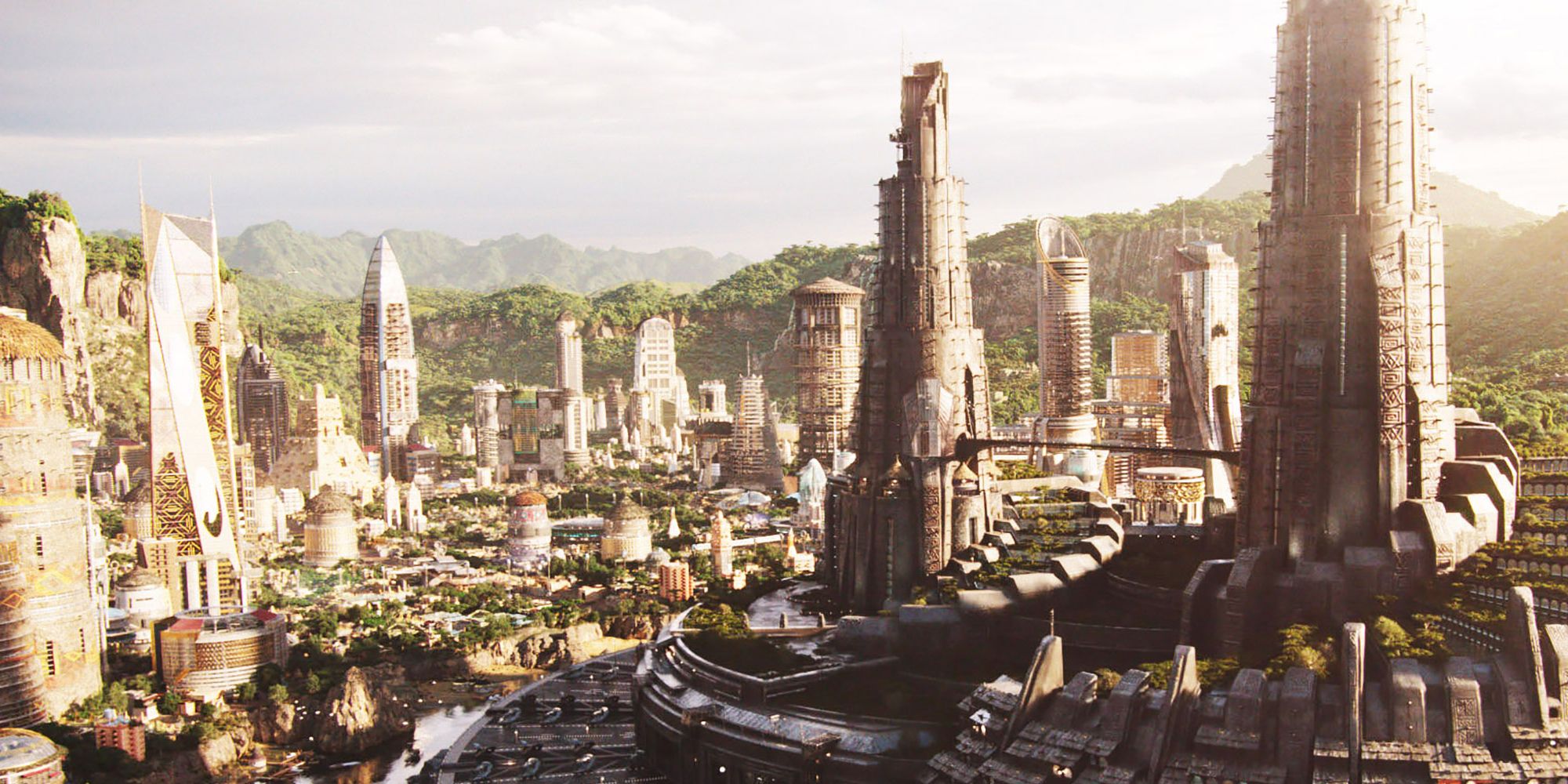
As a gamer immersed in the captivating world of Marvel, I’ve always been fascinated by legends of glittering realms brimming with riches that defy human comprehension. It seems that the legendary lands of Shamballa and El Dorado were none other than the extraordinary African nation of Wakanda, hidden in plain sight all along.
Over time, the narrative around Black characters and history has been shaped by creators who aren’t from the same background, leading to various interpretations of Wakanda throughout its storied history. In the early stories penned by Jack Kirby, Wakanda was portrayed as a jungle-dwelling collective of tribes, armed with spears and shields that, while traditional, might have been seen as somewhat offensive. However, under the leadership of T’Challa, the unparalleled Black Panther, the nation began its journey towards modernization.
Thanks to advancements in comic storytelling, particularly the consistent portrayal of Wakanda since the release of Black Panther in 2018, fans have a significantly altered image of the golden city. It’s truly astonishing, boasting technology that Western societies can barely imagine. T’Challa is no longer depicted as a solitary hero striving to safeguard his people; instead, he is the latest member of an esteemed royal lineage, with every Black Panther preceding him having worked tirelessly to better and defend Wakanda from external threats. Despite its beauty and inspiring nature, Wakanda has also been portrayed as harboring prejudices against African Americans in the past, even denying them immigration rights, a regrettable reflection of real-world issues.
The City of Tomorrow Takes Many Cues from Yesterday’s Designs
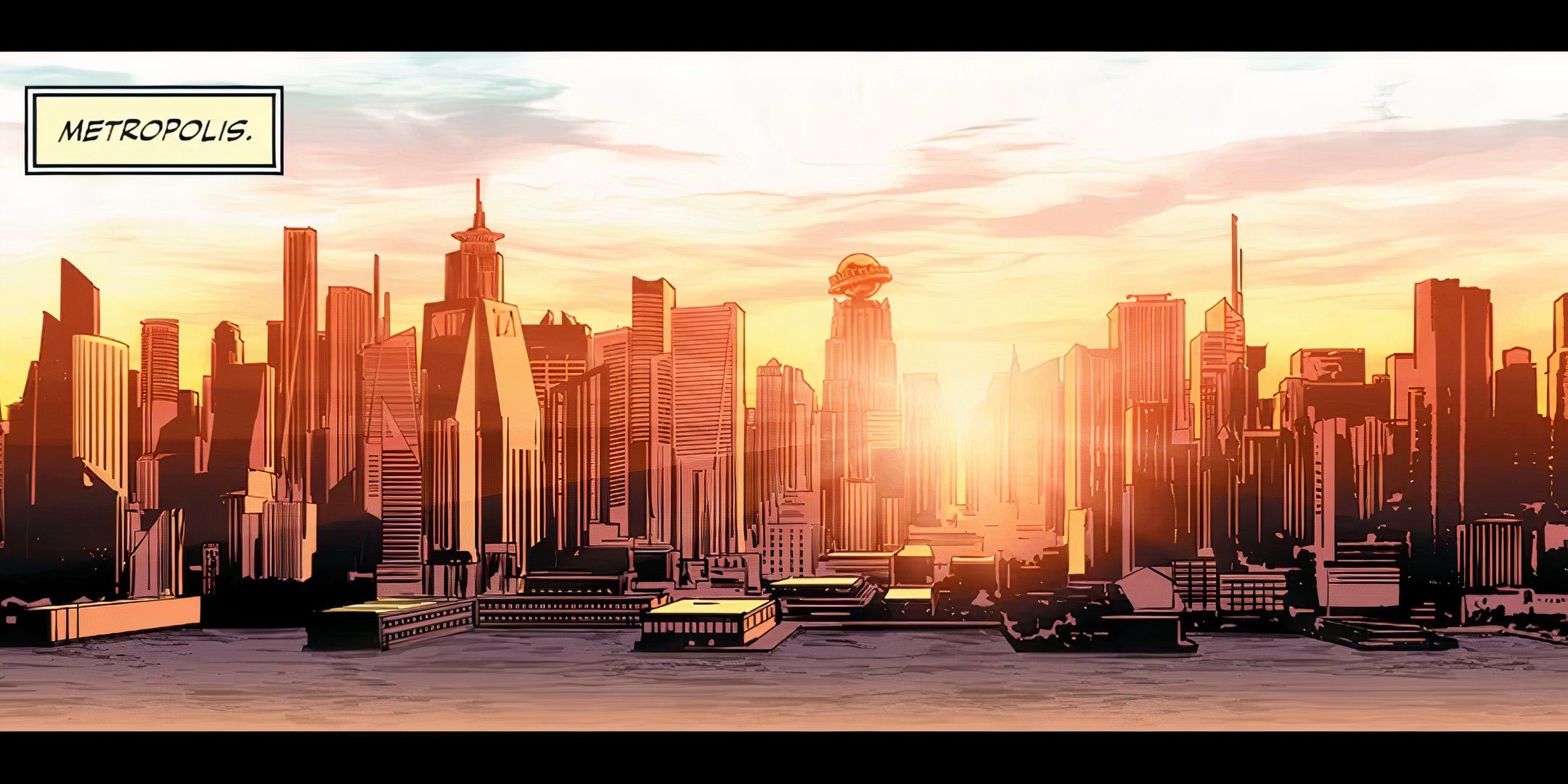
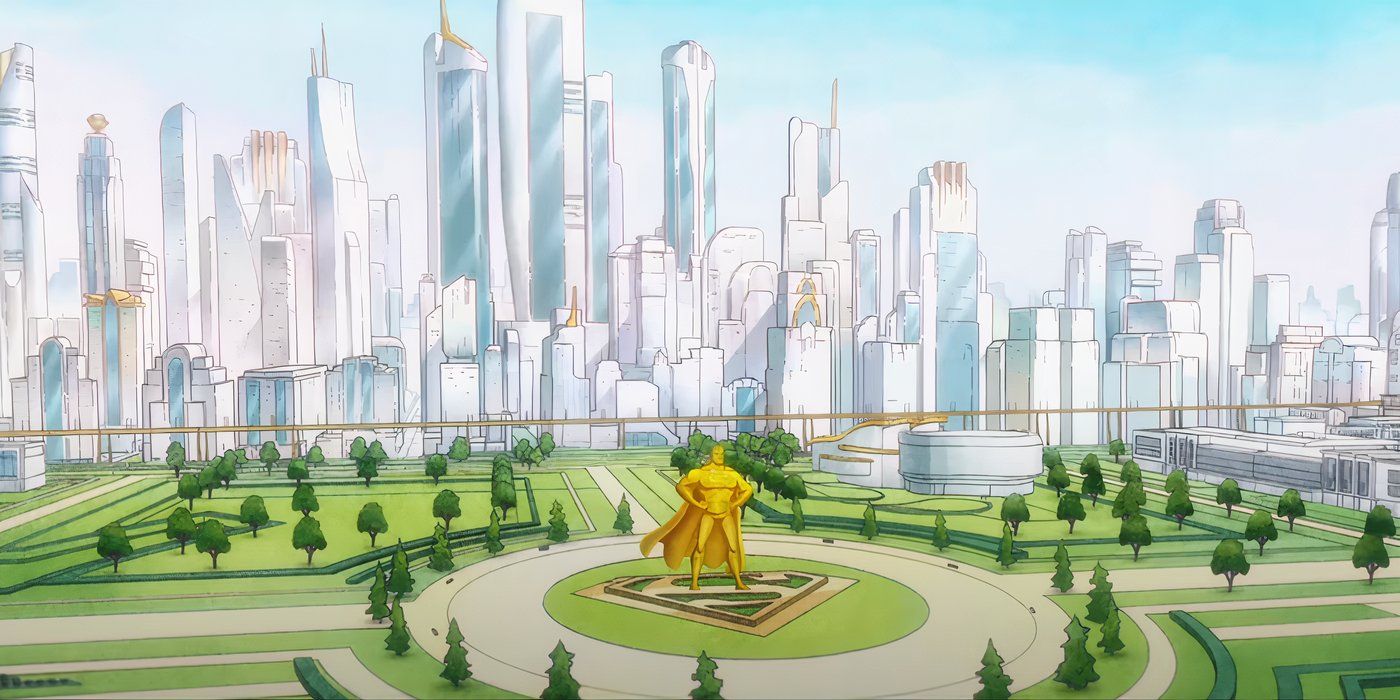
Since the debut of Metropolis in Action Comics #16, this City of Tomorrow has been a significant part of both the DC Universe and our collective imagination. The term “metropolis” refers to a large, industrial, and commercial city, often serving as a region’s capital. Beyond being the main city of the DC Universe, it symbolizes every major city worldwide in some aspect. Given that Superman frequently battles robots, aliens, and sci-fi weapons, it’s unsurprising that Metropolis is usually depicted with a futuristic appearance, especially when contrasted with Gotham, which often appears untouched by modern development since the 1970s.
As a gamer envisioning my ultimate urban utopia, I dream of a city reminiscent of what people in the past thought the future would look like – something akin to the futuristic charm of ‘The Jetsons’. This city should be adorned with sleek glass towers, hovering monorails above its bustling streets, and as many high-tech laboratories as it can accommodate. The most iconic buildings often echo designs from yesteryears, yet they stretch towards the sky, embodying a sense of nostalgia while still embracing progress. One unique feature of this city is that downtown should always be aglow even in the depths of night. This literal brightness isn’t just about illumination; it symbolizes hope – an optimism as powerful as Superman himself.
Batman’s Brutal Hometown Is the Most Iconic Location in Comic History
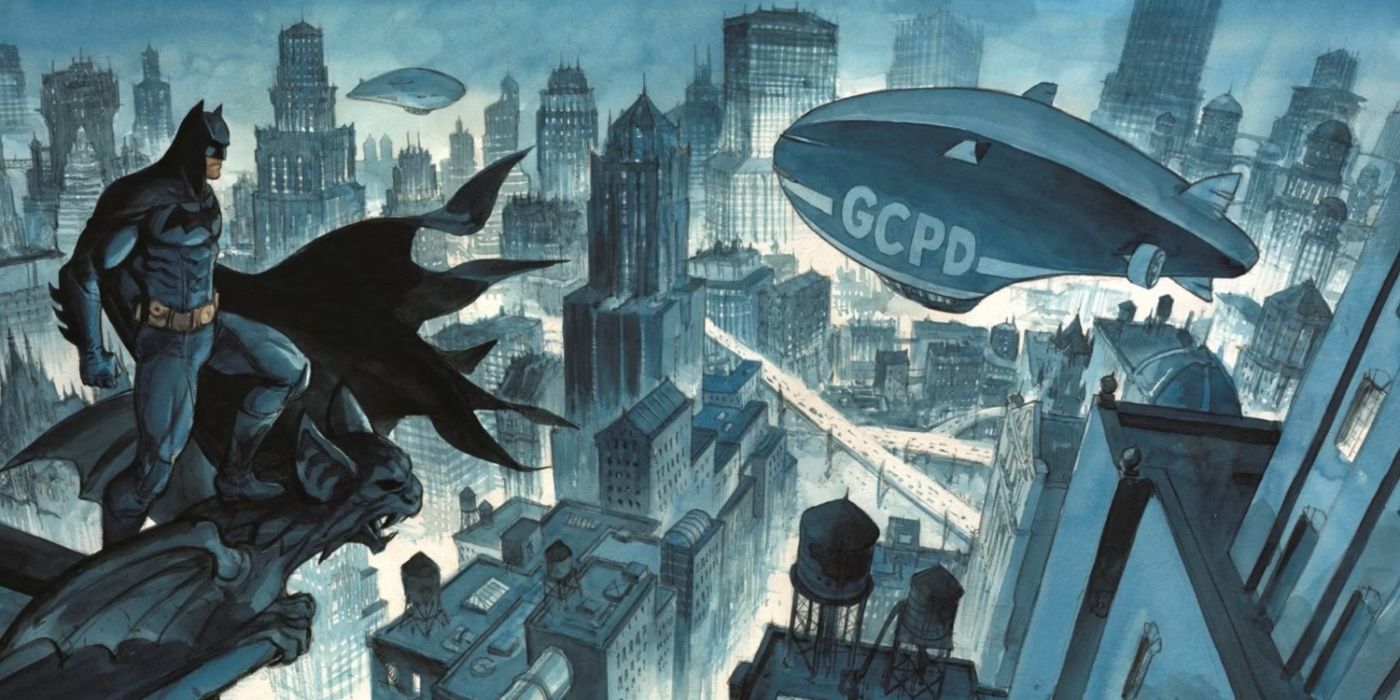
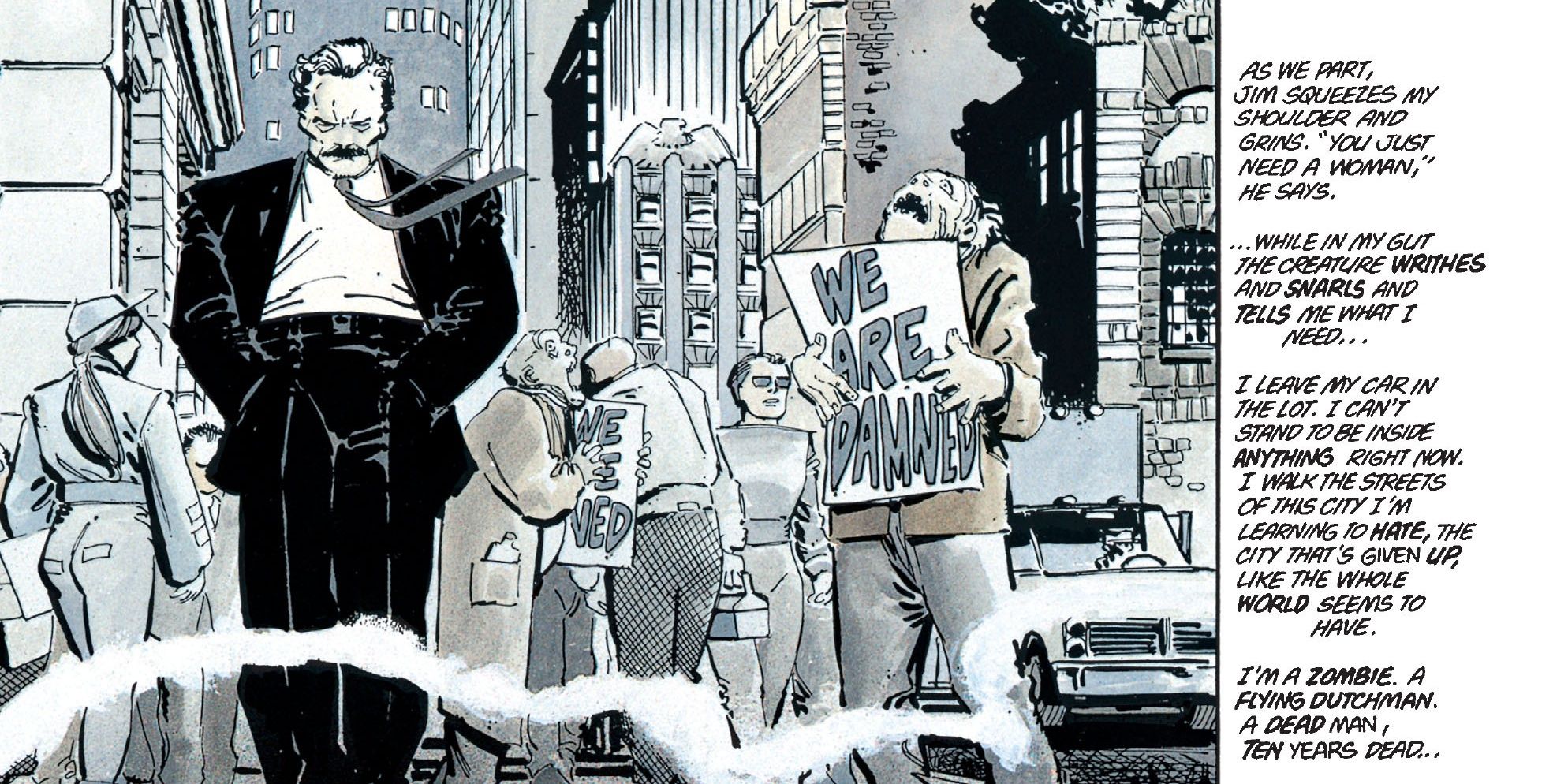
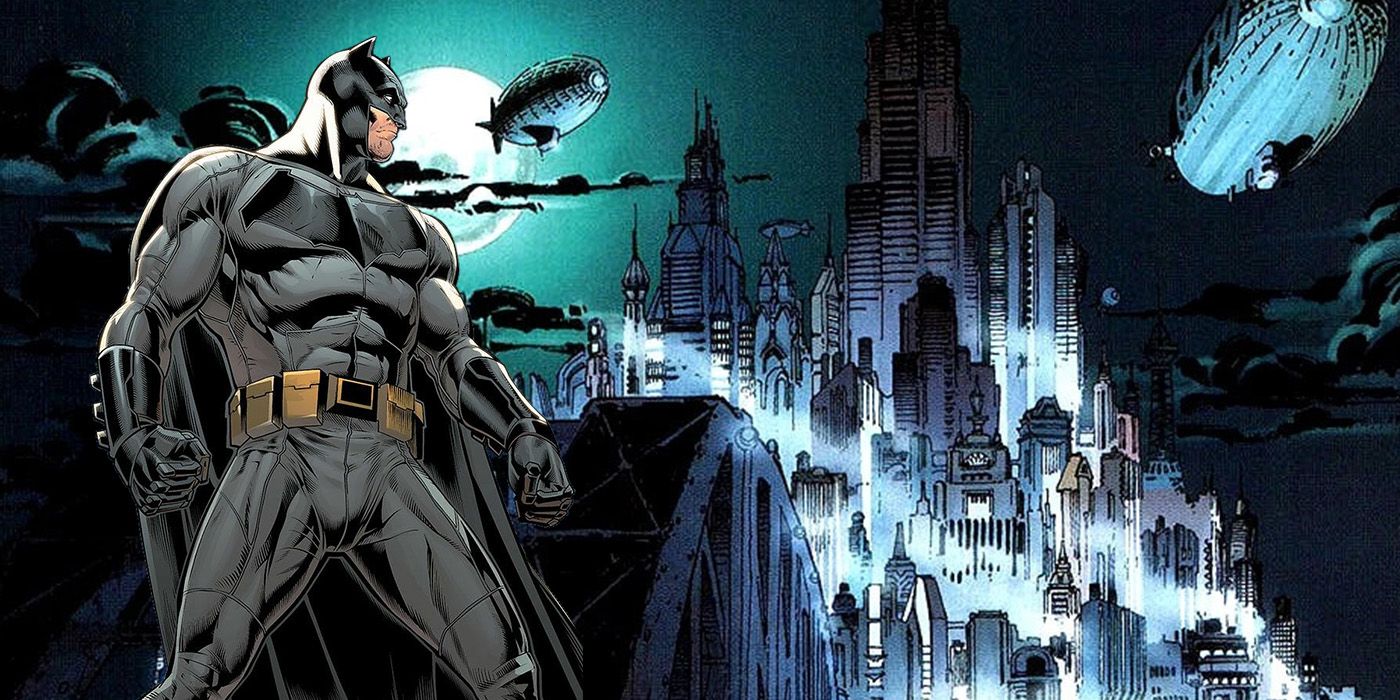
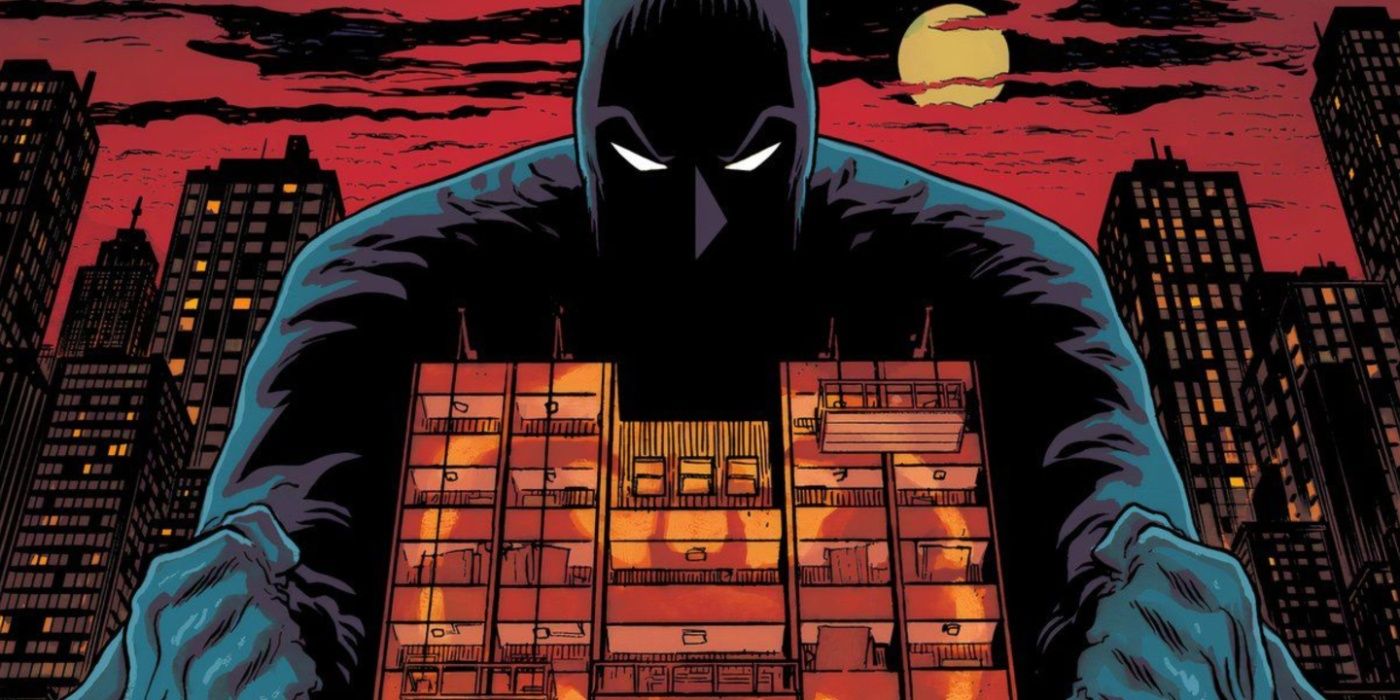
People often refer to Gotham City as if it were the lowest level of hell, but let me tell you, nothing in hell could ever make pierogies as good as those in Gotham! Gotham City is famous for its dark and chaotic depiction that has become a common way to describe a real city going through tough times. However, what many casual viewers may not realize is that Gotham was once cursed by powerful sorcerers, which could explain the widespread corruption that the city is infamous for. Gotham isn’t just a place; it represents a state of existence where everything has the potential to become as troubled as Gotham itself.
Instead of depicting Metropolis as a nostalgic reflection of a utopian future based on traditional design principles, Gotham should be portrayed as a faded memory, with people from the future recalling its troubled past. Unlike other cities, Gotham embodies a paradoxical blend of architectural styles, spanning from the last two centuries. While most structures in Gotham seem to date back to the 1980s, they coexist harmoniously with advanced technology like computers, smartphones, and futuristic gadgets. The essence of Gotham lies in its duality – it’s both ancient and modern, run-down and well-preserved. It’s a city cursed, where even the latest structures exhibit signs of wear and decay.
Read More
- OM PREDICTION. OM cryptocurrency
- Why Tina Fey’s Netflix Show The Four Seasons Is a Must-Watch Remake of a Classic Romcom
- The Elder Scrolls IV: Oblivion Remastered – How to Complete Canvas the Castle Quest
- Oblivion Remastered – Ring of Namira Quest Guide
- Oblivion Remastered: The Ultimate Race Guide & Tier List
- Lisa Rinna’s Jaw-Dropping Blonde Bombshell Takeover at Paris Fashion Week!
- Sophia Grace’s Baby Name Reveal: Meet Her Adorable Daughter Athena Rose!
- Poppy Playtime Chapter 4: Release date, launch time and what to expect
- Silver Rate Forecast
- Quick Guide: Finding Garlic in Oblivion Remastered
2025-05-12 07:33